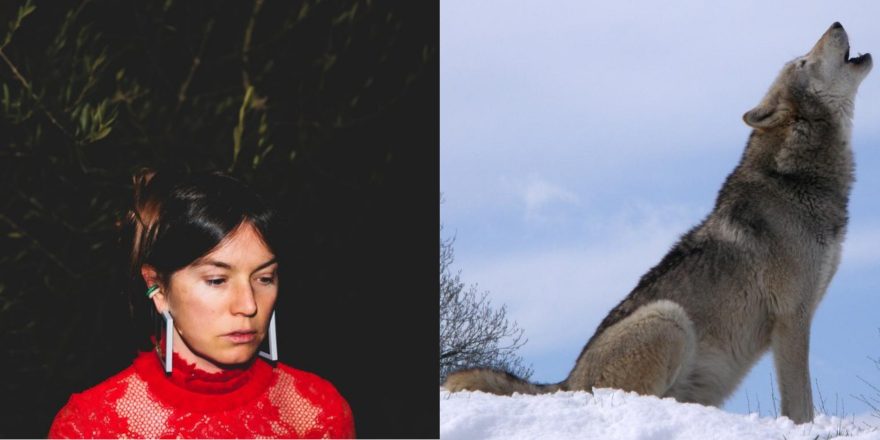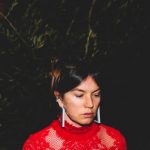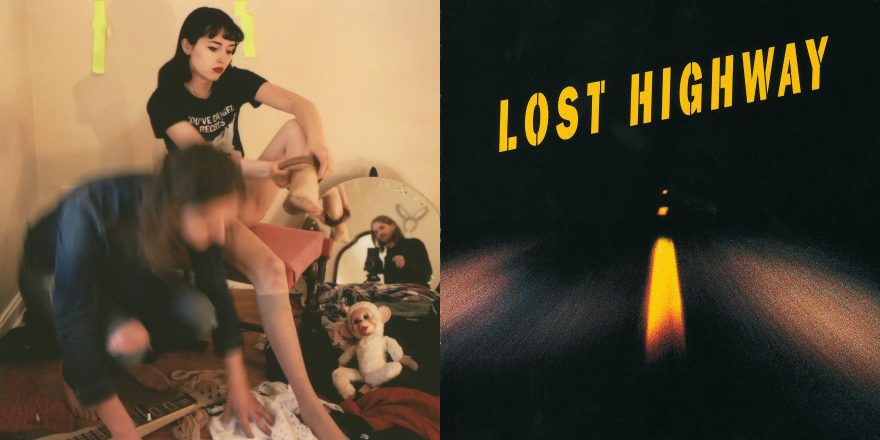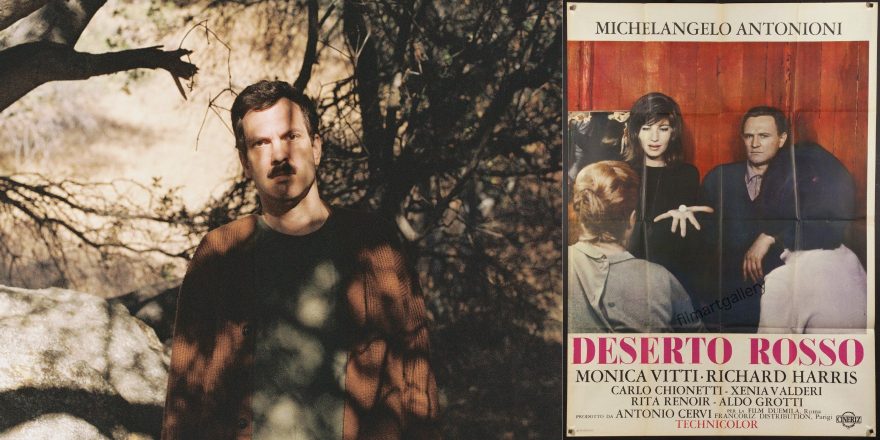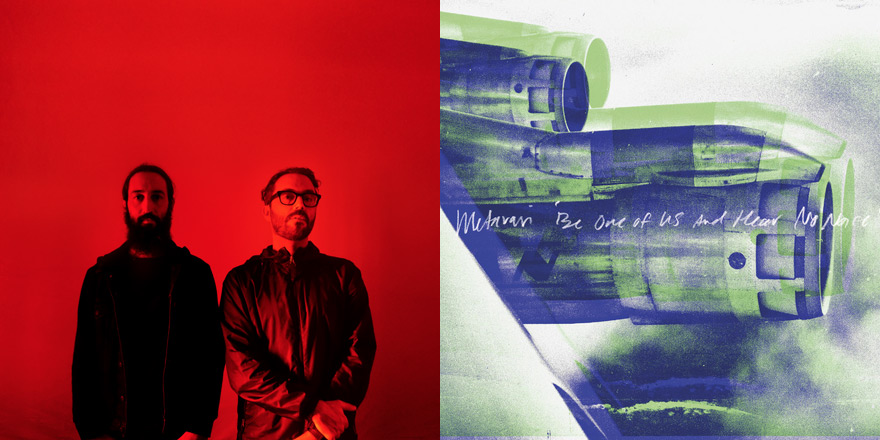“Vanguards” is about the feminine spirit as traveling through time — as something as old as time, and maybe even older. Something bold and beautiful, wise, wild, natural, and uninhibited. Musically and lyrically, the song is a kind of feminine transcendentalism. It was inspired by a broad scope of artistic and philosophical ideas, musical languages, and cosmologies. It blends the future and past, the natural and supernatural. There is something very ancient in the music and, at the same time, something super fresh and modern.
I wrote this song while Seth Olinsky, who co-produced the record with me, was doing a residency at MASS MoCA. I was working out of his studio rather than mine. It was great to be in his super clean, minimalist space, and I did a lot of the early writing for the record that week. I remember working with the clap rhythms, the wolf sounds and the vocal parts as my starting point. I am a huge fan of brass sections — the muted sound, the dramatic associations, and the fatalism making them a core expression of heroism throughout orchestra, cinema, and traditional musics across the globe. So leaving the chorus lyrically spacious to showcase the drama of the wolf calls and the brass was so monumental and meaningful in a song celebrating the feminine spirit.
The idea of the mythological wolf calls during the intro and chorus was inspired by my time spent in nature, and as a student of wilderness survival, where I would spend hours daily observing animal patterns and ecology. It was also influenced by Dr. Clarissa Pinkola Estes’s book Women Who Run with the Wolves: Myths and Stories of the Wild Woman Archetype. If you don’t know her work, she is a fascinating author and scholar, a Mestiza Latina author who was raised in now nearly-vanished oral and ethnic traditions. In the honor of these two inspirations, half of the proceeds of “Vanguards” will be donated to the Endangered Species Coalition in conservation efforts to protect and defend wolves, and to the Women’s Earth Alliance programs Mexican Indigenous Women Uniting for Land Protection and Native Women Leaders and Advocates Defending Sacred Places in the Southwest.
One of the main themes of the record — its sort-of narrative — is the classic hero myth, but from a female perspective. (This does not mean the female as the counterpart to the hero, but as the hero herself.) I wanted to employ a Cubist take on the narrative, telling the story in its many facets. Just as when we look at a Picasso and see multiple angles on the subject, we are experiencing the song’s story through the lens of its protagonist, as well as the writer who is crafting the story, as well as the listener who is taking it all in as a traditional narrative. I’m pulling from the personal, but also the journalistic and the universal.
As an artist, you are always dealing with how mythology is both personal and universal. Modern music has a self aware quality to it, in that lyrics are often written as a conversation with the audience, but then when we listen to songs, we often hear ourselves in the singer. Navigating the friction between fiction, myth, personal narrative, and journalism is a journey that I think we are all on, and all in on. The power to choose your own narrative is built into this song, and into the entire record.
The story in the song is about the concept of the past, present, and future collapsing within one’s identity, and engaging with that as a modern ceremony. To reflect this, I featured an earthy rhythm with the claps — which felt ancient, fundamental and handmade — and paired it with a Erykah Badu or Jill Scott-esque bassline, singers who inspired me when I was an impressionable girl growing into the woman I wanted to become. Then I paired that with some super modern 808s and a beautiful, intimate post-jazz vocal that rides the line of power and peace, and the femininity of the strings spreading out across time and space.
Seth and I worked for many weeks to dial in the sonics and mix the song to perfection, referencing the ancient and the modern with the latest bold space modulation and fx to give it a hyper real sense of time and place. I wrote the final outro with a parallel vocal harmony which is an early harmonic idea; however in this instance, gives it a transcendent and uniquely futuristic quality, carrying us into the later parts of the record.
(Photo Credit: left, Seth Olinsky)


